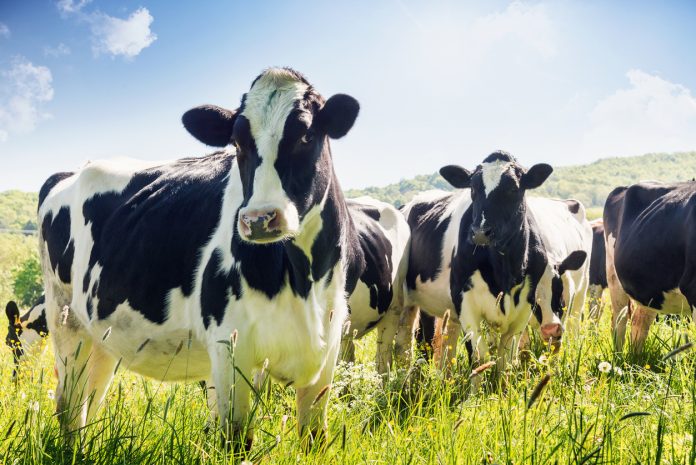Texas Tech University’s Biological Threat Research Laboratory (BTRL) identified the first known case of highly pathogenic avian influenza (HPAI) A (H5N1) being transmitted from a mammal, specifically a dairy cow, to a human
This discovery of avian flu transmission was documented in a recent article published in the New England Journal of Medicine.
First-person detected with the avian flu
The discovery was made when a farm worker who had not been exposed to sick or dead birds but had been exposed to dairy cattle developed eye symptoms. The regional health department collected samples and sent them to Texas Tech’s BTRL for analysis.
The BTRL, part of the Centers for Disease Control and Prevention (CDC) Laboratory Response Network-Biological (LRN-B), confirmed the presence of influenza A in the samples.
Dr. Steve Presley, director of The Institute of Environmental and Human Health (TIEHH) and the BTRL, emphasised the importance of this discovery. “It’s a huge thing that the virus has jumped from birds to mammals, dairy cows in this case, and then to humans.
That’s why this paper in the New England Journal of Medicine is very significant. It’s going to lay the foundation, I believe, for a lot of research in the future of how the virus is evolving.”
Cynthia Reinoso Webb, the biological threat coordinator at TIEHH and co-author of the journal article, highlighted the lab’s preparedness. “Being part of the CDC LRN-B, we have the standing capability to test for a lot of biological threats and some that are considered emergent.”
Further testing and confirmation
The lab received the samples in the early evening and reported the initial results to regional, state, and federal levels within hours. By the next day, the samples were on their way to the CDC for further testing and confirmation.
“We were on the phone with the CDC until around midnight discussing different scenarios and follow-up requirements,” Reinoso Webb said. “Despite the complexity of the case, our communication with the CDC ensured everything was done by the book.”
The quick identification and reporting of the virus highlight the lab’s vital role in responding to biological threats. “This is how it’s been structured, and this is how the communication was supposed to happen,” Reinoso Webb noted.
The discovery of H5N1 transmission from dairy cows to humans is a key point in understanding the virus’s evolution. It will further help with research and monitoring of diseases, which can be from animals to humans.











